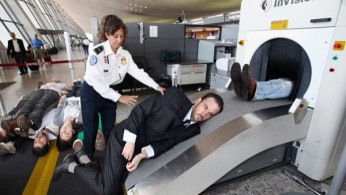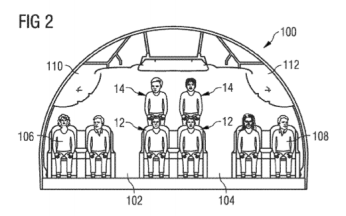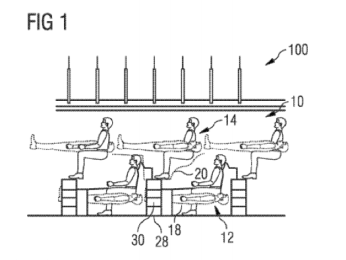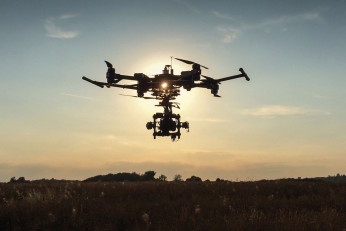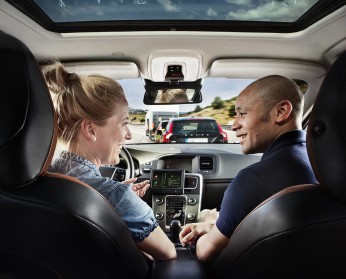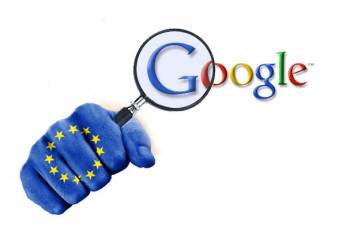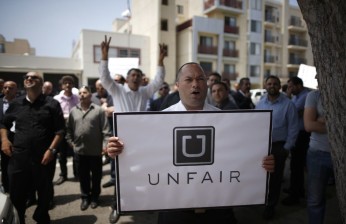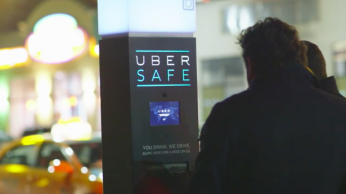By: Ryan Suit,
DNA testing first came about in 1985 and took only two years until it was first successfully used as evidence in a trial in 1987, when Floridian Tommie Lee Andrews was convicted of rape and sentenced to 22 years in jail.[1] Since then, thousands of other criminals have been convicted of crimes in large part due to DNA evidence linking the accused to the scene of a crime.[2] However, a recent study has shown that DNA found at a crime scene might not always mean the accused person was there.[3] The study has shown that the secondary transfer of DNA, or the transfer of DNA of one person to somewhere else by another person, not only exists but actually may be a common phenomenon.[4] This could have significant repercussions for the justice system.
“Touch DNA” is DNA from skin cells that is transferred when one person touches another person or object.[5] The amount of DNA left behind from a person touching something can vary based on the duration and extent that something was touched, and it is possible that no touch DNA can be left behind at all.[6] In the alternative, DNA from a person can be found on something even when that person never touched the object.[7] This is secondary transfer. The study showed that this was possible by conducting an experiment in which “pairs of volunteers [shook] hands for two minutes, after which they handled knives that were later swabbed for DNA samples. In 85 percent of the cases, DNA from the person who did not directly touch the knife was transferred in sufficient quantity to produce a profile. In one-fifth of the samples, that person was identified as the main or only contributor of DNA to the potential weapon, despite never having touched it.”[8]
One of the first documented and recognized cases of secondary transfer DNA involved Lukis Anderson, a 26-year-old man charged with murder in California.[9] The victim was killed during an armed robbery of his home, and paramedics took his body from the scene to the hospital. Upon examining the body, forensic experts found Anderson’s DNA on the victim, and charges were later filed against him. However, during the time of the armed robbery, Anderson had a verified alibi: he was passed-out drunk in the hospital with a .40 BAC. Anderson had been found on the streets and taken to the hospital by the same paramedics who later went to the scene of the armed robbery. While touching the victim’s body, the paramedics must have transferred Anderson’s DNA onto the victim.[10]
The charges against Anderson were dropped, but this single event raises questions about the validity of DNA evidence. DNA tests are 99% accurate in identifying who the DNA is from, but it is now less certain that those tests can be as accurate in placing a person at the scene of a crime.[11] The study may have repercussions felt throughout the criminal justice system. DNA evidence linking someone to a crime may no longer be dispositive. Attorneys will need to put on experts to explain the issue of secondary transfer, and juries will have to give less weight to DNA evidence that used to make or break a case. Old cases may have to be reopened, as innocent men could be behind bars after being wrongfully convicted due to the secondary transfer of their DNA. In sum, this study on DNA evidence may have secondary effects that transfer to the legal world.
[1] Randy James, A Brief History of DNA Testing, Time (June 19, 2009), http://content.time.com/time/nation/article/0,8599,1905706,00.html.
[2] Id.
[3] Study raises questions about DNA evidence, ScienceDaily.com, http://www.sciencedaily.com/releases/2015/10/151028133944.htm.
[4] Id.
[5] Suzanna Ryan, Touch DNA. What is it? Where is it? How much can be found? And, how can it impact my case? (January 2012), http://www.ryanforensicdna.com/yahoo_site_admin/assets/docs/Touch_DNA_article.59101908.pdf.
[6] Id.
[7] Id.
[8] Study, supra note 3.
[9] South Bay Paramedics Likely Brought Innocent Man’s DNA to Murder Scene, CBS SF Bay Area (June 28, 2013, 12:41 AM), http://sanfrancisco.cbslocal.com/2013/06/28/south-bay-paramedics-likely-brought-innocent-mans-dna-to-crime-scene/.
[10] Id.
[11] James, supra note 1.
Photo Source: http://www.finalcall.com/artman/uploads/2/justice_dna300x225.jpg


